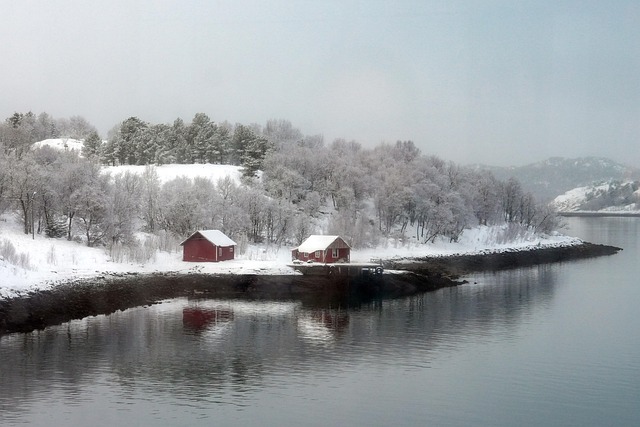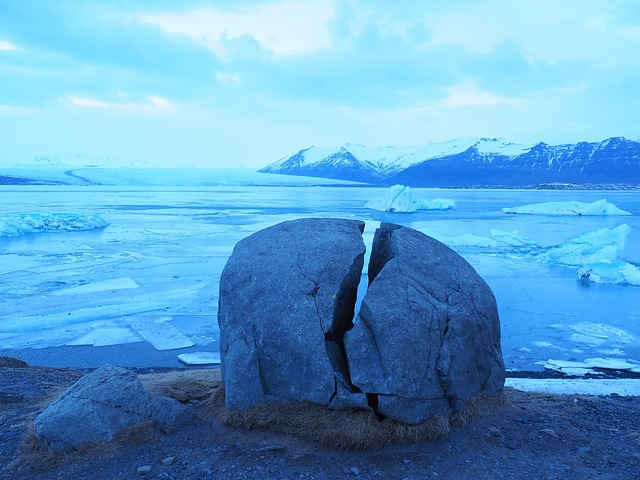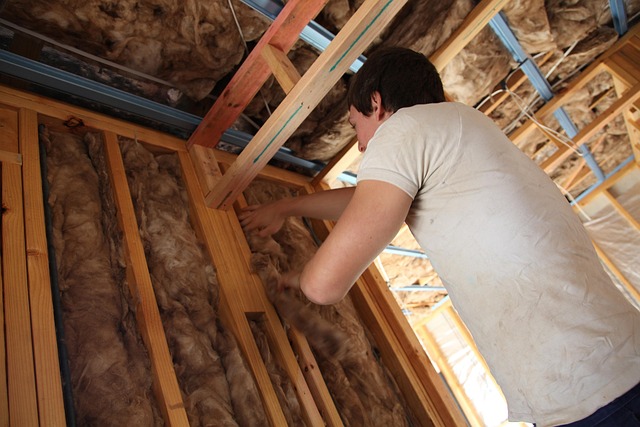Fjords, those majestic glacially-carved inlets, have long been celebrated for their breathtaking beauty and serene landscapes. Towering cliffs, often adorned with lush greenery, cradle deep, still waters that reflect the sky’s hues. However, beneath this magnificence lies a troubling reality. The impact of climate change is now reshaping these natural wonders, telling a story that stirs a deep sense of urgency and concern for our environment.
As our planet warms, the glaciers that feed these fjords are retreating at an alarming rate. This process, a direct consequence of rising global temperatures, not only alters the landscape but also disrupts the intricate ecosystems that thrive in these waters. Species that once flourished in the cold, glacial runoff are facing unprecedented challenges. Fish populations, in particular, are sensitive to temperature changes. As the waters warm, the delicate balance that has existed for millennia is thrown into disarray, leading to shifts in biodiversity that could have far-reaching consequences.
It’s not just marine life that feels the impact. The communities that have relied on the fjords for sustenance and livelihood are also at a crossroads. Fishing industries, tourism, and traditional ways of life are all at risk as changing conditions make established practices unsustainable. The emotional weight of witnessing these environmental shifts can leave individuals feeling powerless, underscoring the necessity for collective action.
Moreover, the visual transformation of fjords is hauntingly beautiful yet deeply unsettling. As the glaciers melt, they reveal rugged landscapes that were previously hidden, creating new vistas while simultaneously eroding a world that has existed for thousands of years. This juxtaposition of beauty and loss resonates profoundly—we are both enchanted and saddened by the changing scenery. It reflects a larger truth about our planet’s health, a stark reminder that the very beauty we cherish is under siege.
Beyond the aesthetic changes, the melting of glaciers contributes to rising sea levels, further impacting coastal regions and ecosystems globally. As saltwater intrudes into freshwater systems, the ecological balance is disrupted, leading to altered habitats and increased salinity in once pristine waters. The interconnectedness of climate change becomes evident as local fjords witness the effects of global phenomena, highlighting the urgent need to address this issue on a broader scale.
In the face of these challenges, the call for awareness and action is louder than ever. By educating ourselves and others about the plight of fjords, we empower our communities to advocate for sustainable practices and policies. The emotional connection we feel for these natural wonders can be a catalyst for conservation efforts, reminding us that our individual actions can collectively make a significant difference.
In the midst of melting ice and retreating glaciers, hope remains. Innovative solutions, such as renewable energy and sustainable tourism, are emerging, showcasing humanity’s resilience and adaptability. Preservation efforts are underway, led by passionate individuals and organizations dedicated to protecting the fjords and their unique ecosystems. Together, we can become stewards of these magnificent landscapes, ensuring they remain not just a memory, but a thriving part of our future.
The story of the fjords is one of beauty intertwined with fragility, a poignant metaphor for our planet’s current condition. As we confront the realities of climate change, it’s essential to remain connected to these natural environments, allowing the majesty of the fjords to inspire a renewed commitment to safeguarding our shared habitat. In doing so, we honor not only the fjords but also the interconnected web of life that depends on their existence.



